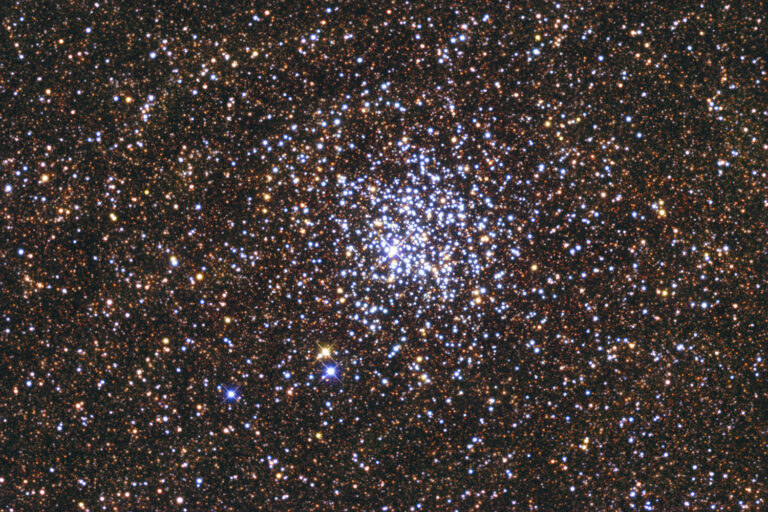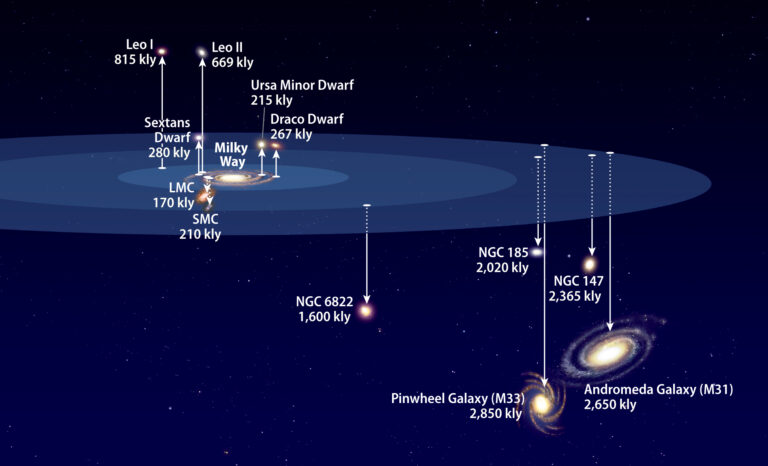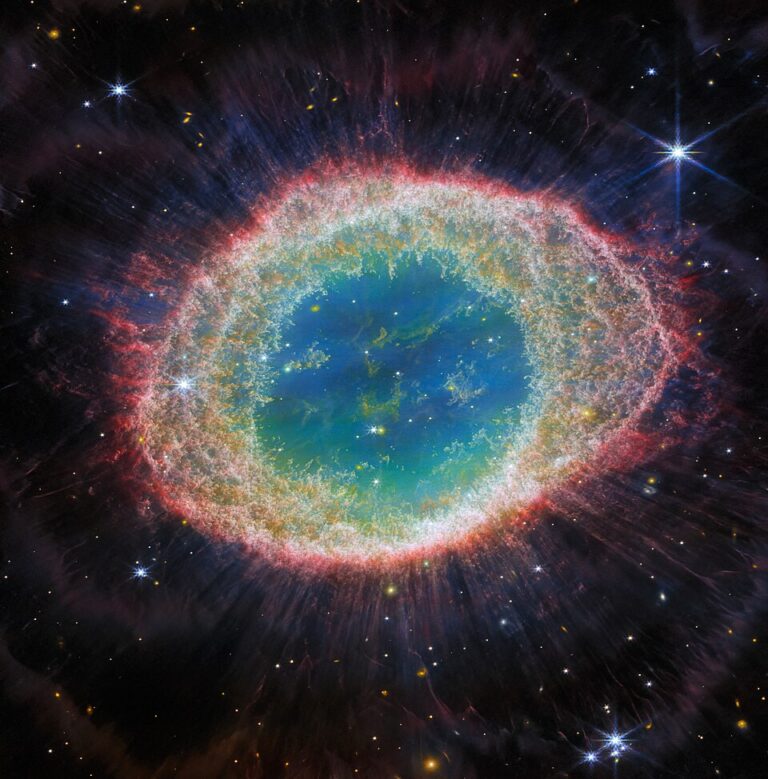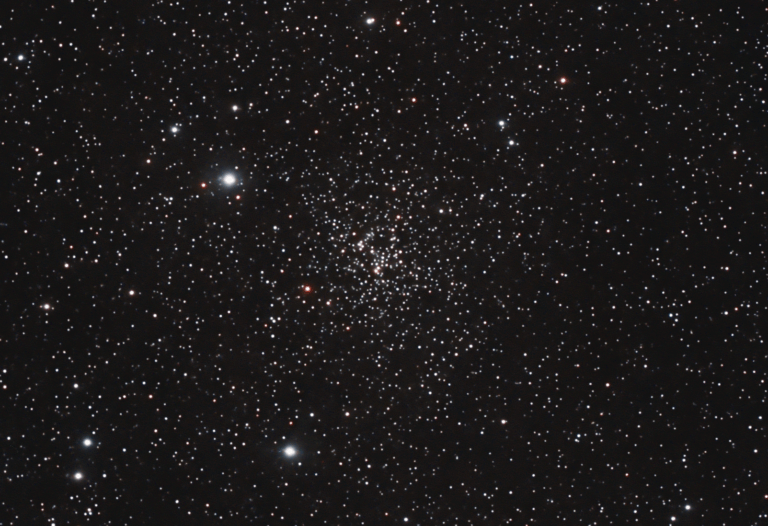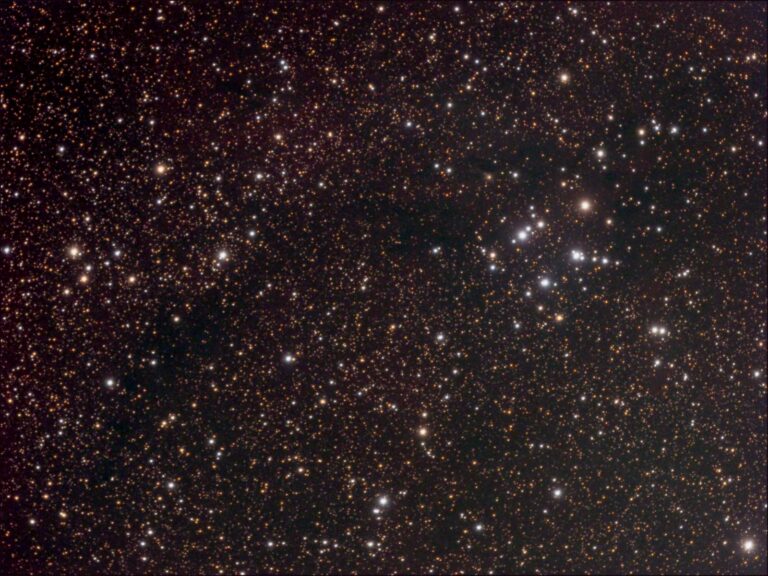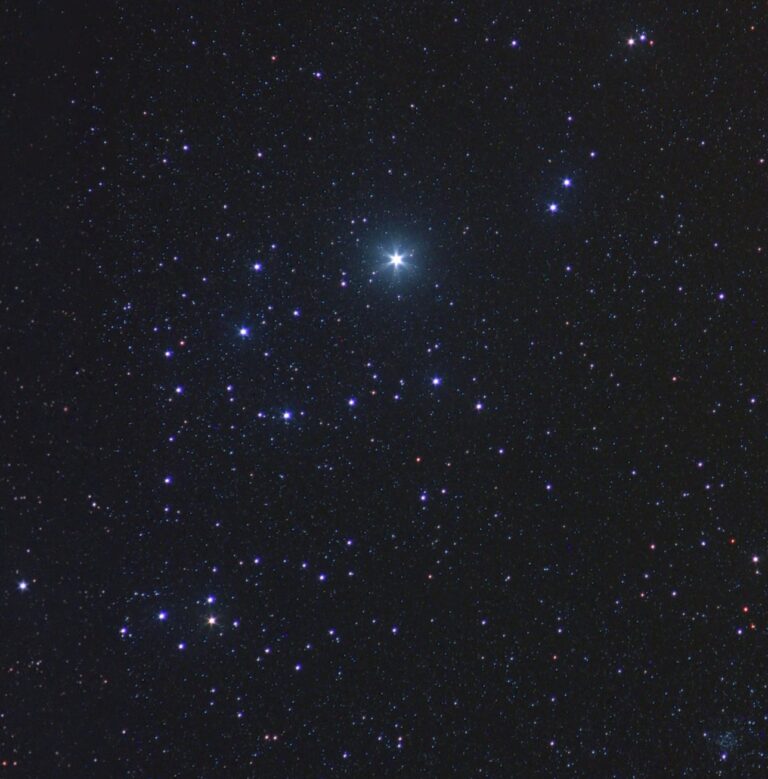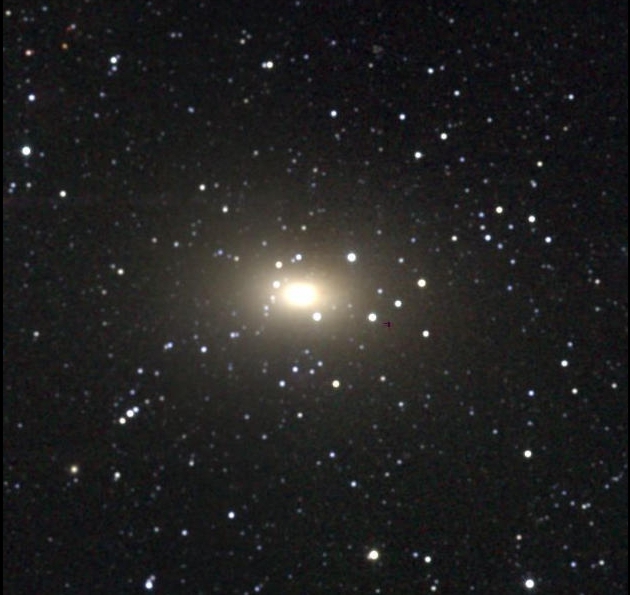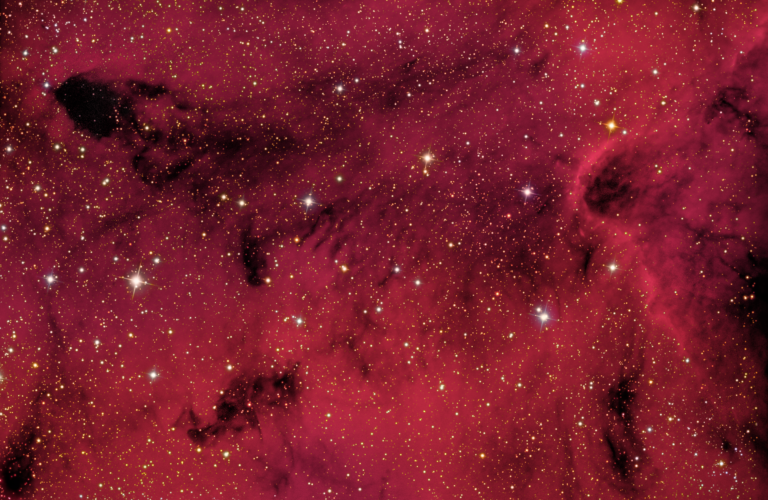
Key Takeaways:
The low powers and wide fields offered by these instruments capture the entire object, making it more visible against the background sky. Do note that light pollution will brighten the sky background and negate the view. Still, seeing the nebula may take more than a dark sky and a wide field of view.
Sailing to shore
Even under perfect conditions, the nebula may remain elusive if you just sit and stare at the field. Unlike with searching for faint stars, spending time behind the eyepiece looking at the same field repeatedly may prove counterproductive. Trying to capture a large region of faint light by fixating on an even larger area of sky (not a specific point) can bring on eye fatigue, which causes a gradual fading of perceived light.
Our eyes are not biologically engineered to stare for long periods of time at one object (like a computer screen). To optimize your chances of seeing the California Nebula, then, make sure your eye is on the move. Barnard’s eyes picked it out from the sky background during a sweep of that region of sky. It was the motion of the eye/telescope system coupled with Barnard’s visual acuity and experience that led him to discover this difficult-to-see object.
So, to “get to California,” you want to sail to it, using your telescope as the voyaging vessel. I suggest starting from Menkib and heading north-northeast in the direction of a magnitude 6 star (SAO 56899) about 11/4° away. The nebula is brightest just south of that star, running in a line along the state’s “West Coast,” which, in the sky, is NGC 1499’s northern edge.
Once you see that portion, return to your starting position and see if you can fill in the rest of the nebula. Remember to use averted vision (looking just to the side of your target) as you sail, and immediately register the visual intensity of the sky background in the 0.5° void between Menkib and the nebula. After that point, keep a sharp lookout for any brightening of the field of view. It’s these whispers of light – captured in sweep after sweep – that will reveal NGC 1499 to you in its fullest extent. Good luck, and, as always, let me know what you see or don’t see at someara31@gmail.com.
If California’s been on your mind, now’s a good time to do something about it. I’m talking about setting out in search of the California Nebula (NGC 1499) in Perseus – an enormous cloud of glowing hydrogen in the shape of that West Coast state. The nebula lies roughly 1° northeast of magnitude 4.1 Menkib (Xi [ξ] Persei) and is huge: 2.5° by 0.5°. Yet despite its grandeur as displayed by the images you’ve seen, the California Nebula is as difficult to detect as black ice.
NGC 1499 glows mostly in Hydrogen-beta (Hβ) light, an emission caused when the previously energized electron of a hydrogen atom drops two energy levels. This spectral line has a wavelength equal to 486.1 nanometers, which lies in the blue part of the spectrum. Using a narrowband filter – one that allows only Hβ light through – will enhance your chances of detecting the nebula through your telescope, especially if you are under a dark sky.
Some observers have spied NGC 1499 through an Hβ filter alone. But a true test of your visual skills will be to challenge yourself to look for the California Nebula through a telescope.
A great catch
On the night of November 3, 1885, eagle-eyed astronomer Edward Emerson Barnard chanced upon NGC 1499 while searching for comets with the 6-inch Cooke equatorial refractor at Vanderbilt University Observatory in Nashville, Tennessee. The discovery proved how good an observer Barnard was because the entire nebula did not fit within the eyepiece’s tiny field of view. He called it a “very difficult object” in that it was faint, large, and diffuse.
Barnard’s discovery is of note because NGC 1499 generally escapes detection to those using medium to large scopes with small fields of view. The nebula is more apparent under a dark sky through tripod-mounted binoculars (10×50 and larger) and rich-field telescopes.

